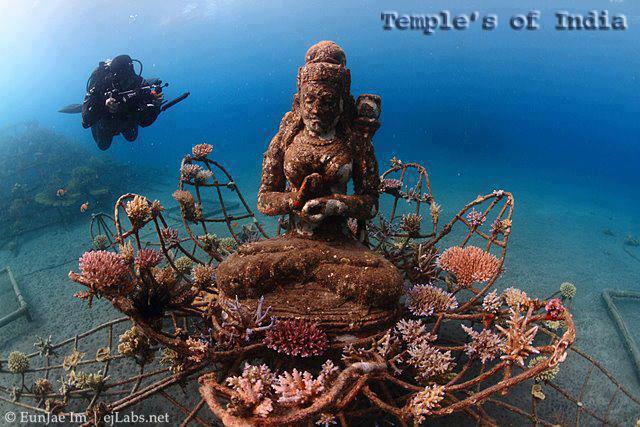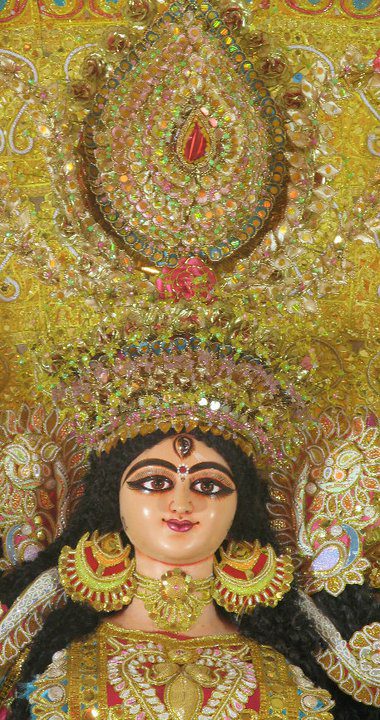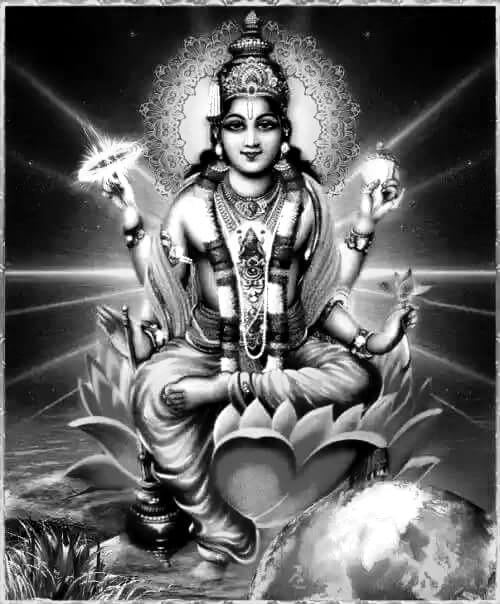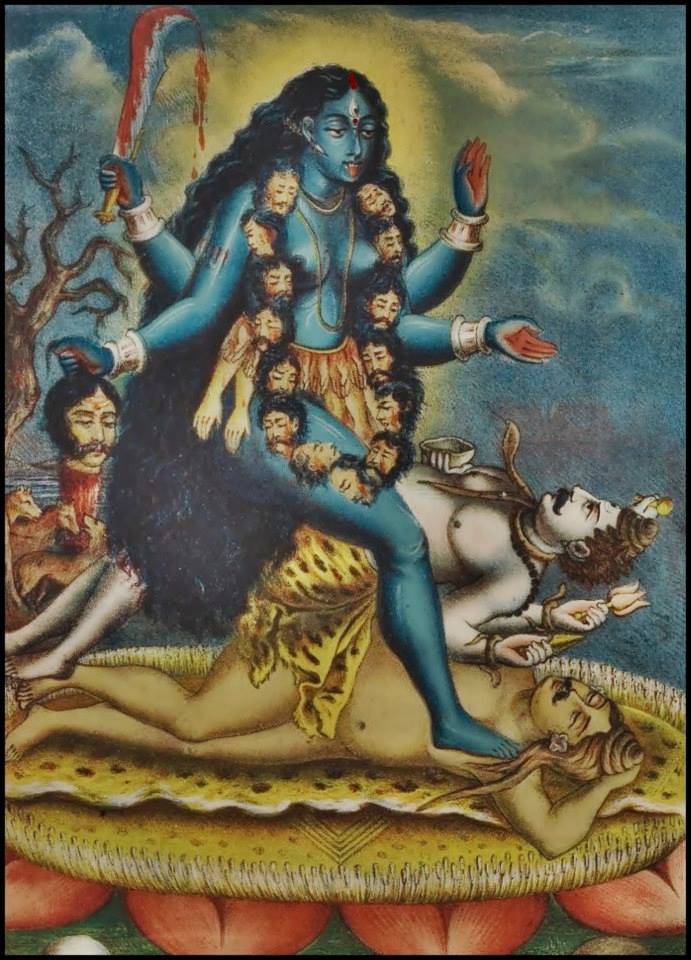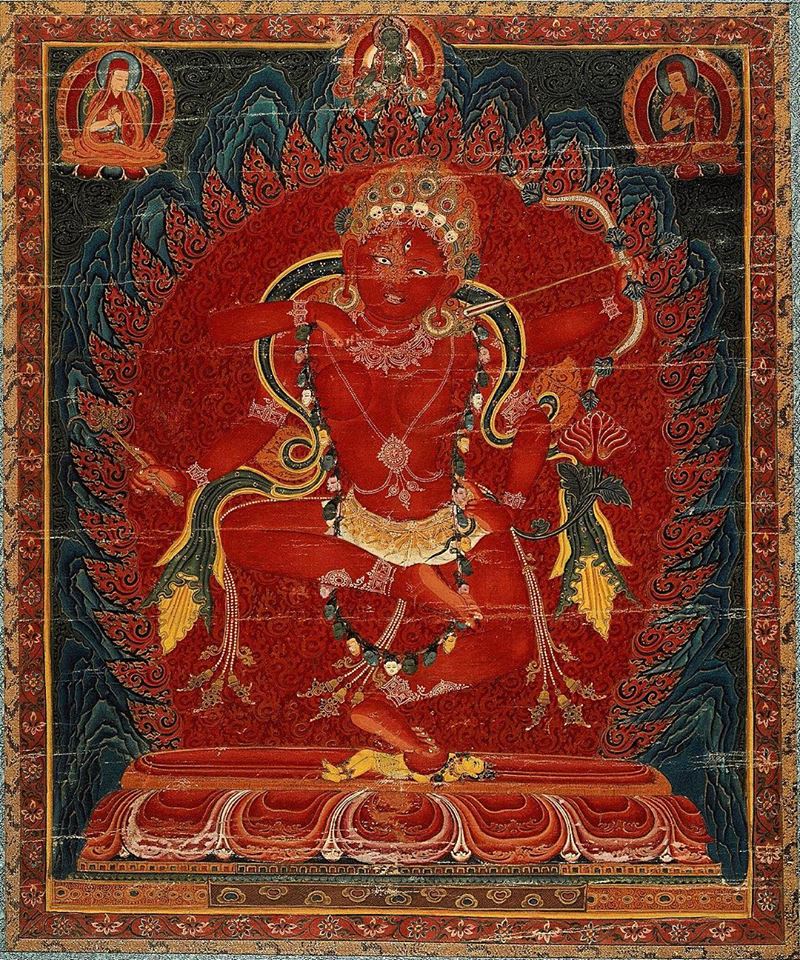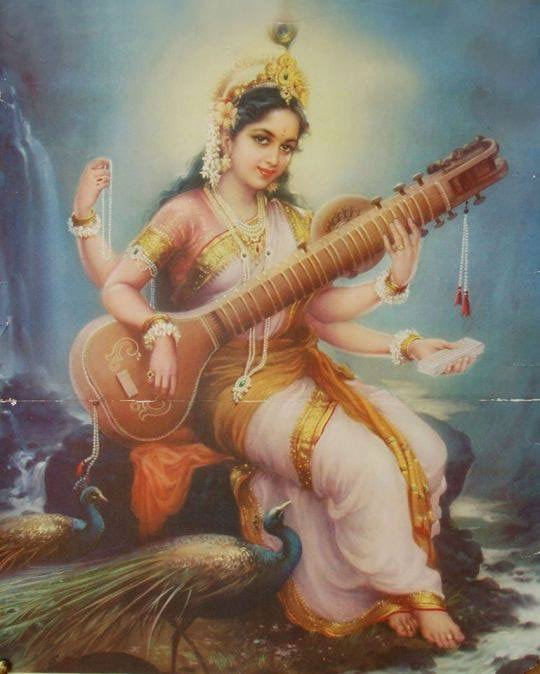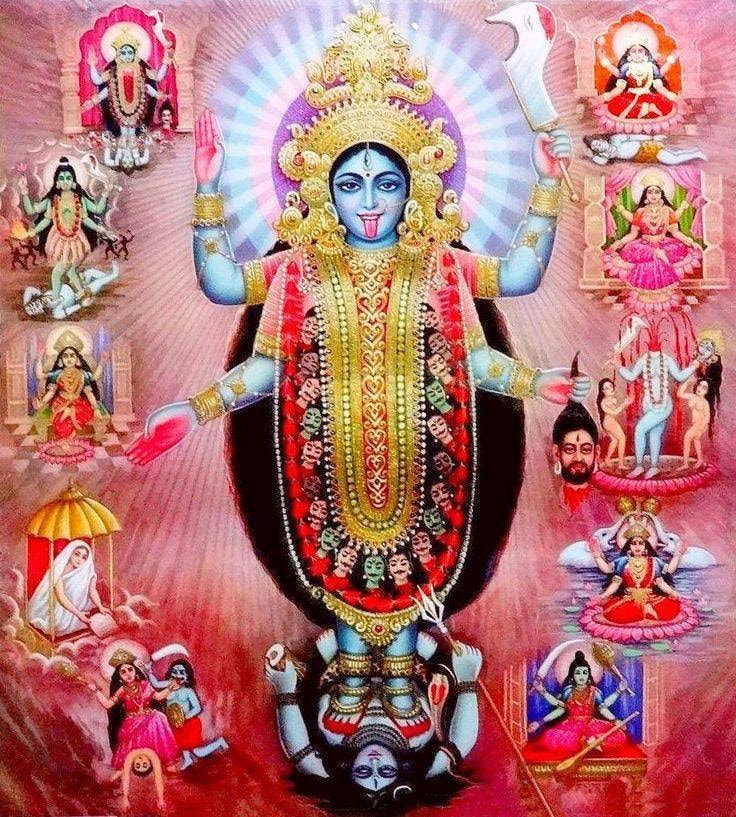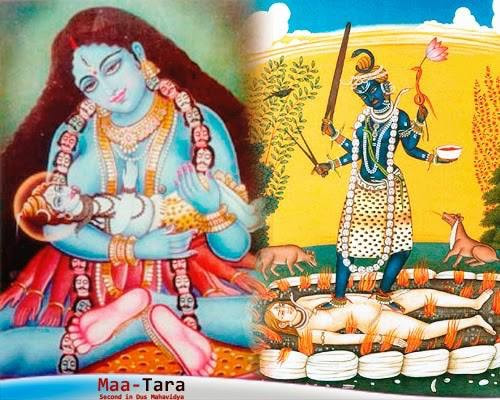
- Maa Jwala Devi, Jwala Ji, Jwalamukhi is the most famous Shakti Peetha where it is said that the “Tongue” of Maa Sati fell and the idols are Devi Maa as Siddhida (Ambika) and Lord Shiva as Unmatta Bhairav. This is located in Disst. Kangra of Himanchal Pradesh. Jwalamukhi is famous temple, 30km south of Kangra valley of the Goddess Jwalamukhi with flaming mouth also known as Flaming Goddess.
- These flames are worshiped as the manifestations of the diffrent forms of Goddess Jwala Maa. The nine flames have been named after Goddesses – Maha Kali, Maa Annapurna, Maa Chandi, Maa Hinglaj, Vindhyavasini, Maha Lakshmi, Maha Saraswati, Maa Ambika and Anjana Devi, continuously burning without any fuel or assistance, may be seen erupting from a rock-side. Now housed in the shape of nature is worshipped as a Goddess, know as Maa Jwala or Jawalamukhi. It is one of the 51 Shakti-Pitha temples. The great Mughal Emperor Akbar had visited this place to test its originality.
- The temple belongs to the golden period when the gods roamed the Earth. Ancient legend speaks if a time when demons lorded over the Himalaya Mountains and harassed the Gods. Led by Lord Vishnu, the Gods decided to destroy them, they focused their strengths a huge flames rose from the ground. From that fire, a young girl tooks birth. She is regarded as Adishakti the first ‘Shakti’ known as Sati or Parvati, she grew up the house of Prajapati Daksha and later became the consort of Lord Shiva.
- Once her father insulted Lord Shiva and unable to accept this, she killed herself. When Lord Shiva heard of his wife’s death his range knew no bounds and holding Sati’s body he began stalking the three worlds. The other gods trembled before his wrath and appealed to Lord Vishnu for help. Lord Vishnu let fly a volley of arrows which struck Sati’s body and severed it to pieces. At the Places where the pieces fell, the fifty-one sacred ‘shaktipeeths’ came into being. Sati’s tongue fell at Jwalaji and the Goddess is manifest as tiny flames that burn flawless blue through fissures in the age-old rock. Even the Pandavas are regarded to have visited this sacred place.
- According to another legend, the Goddess appeared in a dream to a Brahmin in faraway South India, and directed him to proceed to the hills of Kangra in the shadow of the Dhauladhars and search for small tongues of flame leaping from the ground. The Brahmin, it is said responded discovered the sacred spot and in due course of time, erected a temple. Some people believe that Jwalamukhi represents the flaming mouth of Jalandhara, the demon whom Lord Shiva crushed to death by placing on him a huge mass of mountains.
Dhyanu Bhagat is well known devotee of Maa Durga. It is him who spread Devi Mata’s name. He lived at the time of the Mughal Emperor Akbar. Dhyanu Bhagat was going to Jwalaji with a group of pilgrims. Akbar summoned him to his court to inquire into the nature of their Goddess. Dhyanu Bhagat told him She is all powerful and answers the prayers of Her devotees. - To test Her power Akbar cut off the head of Dhyanu’s horse ordering him to have the Goddess put it back. Dhyanu went to Maa Jwalaji and prayed day and night to no avail. Out of desperation he cut of his own head and offered it to Devi Maa. She then appeared to him riding a lion. She reconnected both his head and that of the horse. Devi Maa also offered Dhyanu Bhagat a boon. He requested that it should not be so difficult for pigrams to show their devotion. Mata said that in the future if someone offered a coconut she would accept it as if they had offered their own head. To this day people continue to offer coconuts to the Goddess in Her temples all over the world. After the knowing that the head of horse is reconnected, Akbar the great Mughal Emperor visited the temple. The water course which today drips into a tank in the temple premises is said to have been constructed by Akbar in an attempt to douse the jets of flames in the temple.
The story goes that when the flames refused to be vanquished by the water channel specially constructed for the purpose, Akbar with utmost humility, became a devotee of the Goddess, and overcome by emotion, presented a chattra (umbrella) of gold to the Goddess. But when leaving, the Emperor looked back with immense pride at the valuable gift that he had made to the Goddess, and was mortified to find that the gold had turned into copper! Later Akbar’s son Jahangir invaded the Kangra valley and after seeing Jwalamukhi, wrote in his Tuzk (memories) near the temple and on the slope of the hill there is a sulphur mine and its heat causes flames to continually burst forth. They call it Jwalamukhi(flaming face or fiery mouth), and regard it as one of the idol’s miracles. Jahangir goes on to relate the legend of Shiva and Parvati and other stories connected with Jwalamukhi.
http://www.maavaishnavi.com/2011/12/11/maa-jwala-devi-jwalamukhi-shakti-peeth-9th-among-51-shakti-peethas/




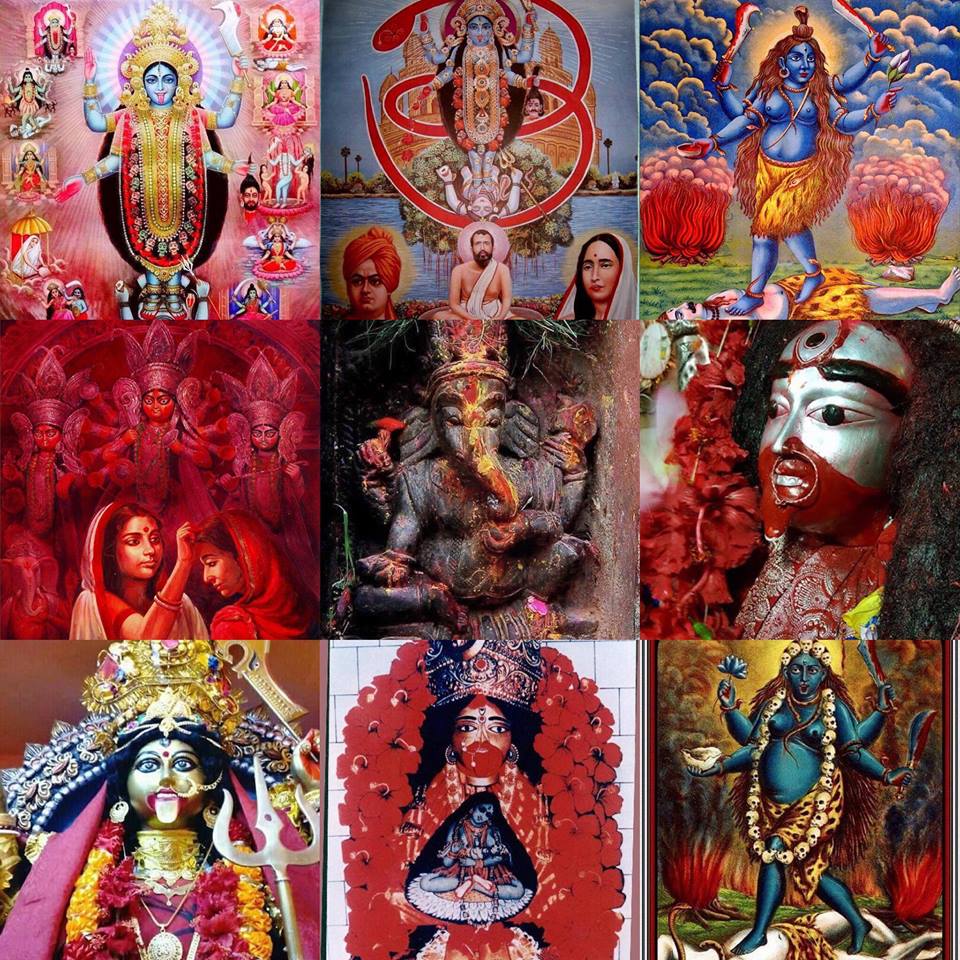
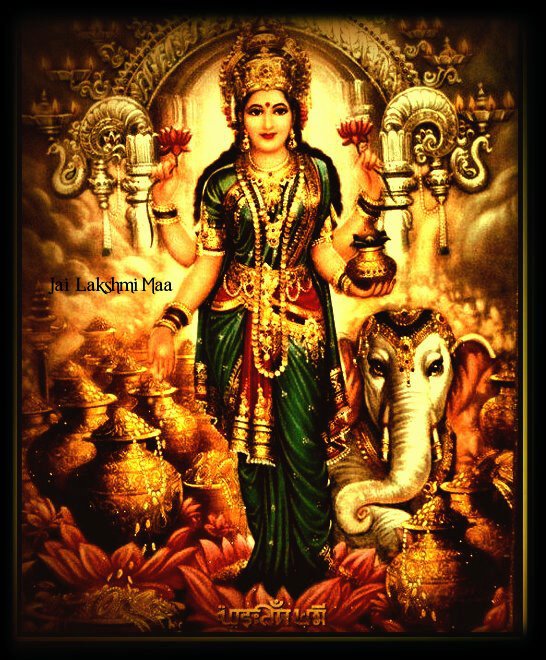

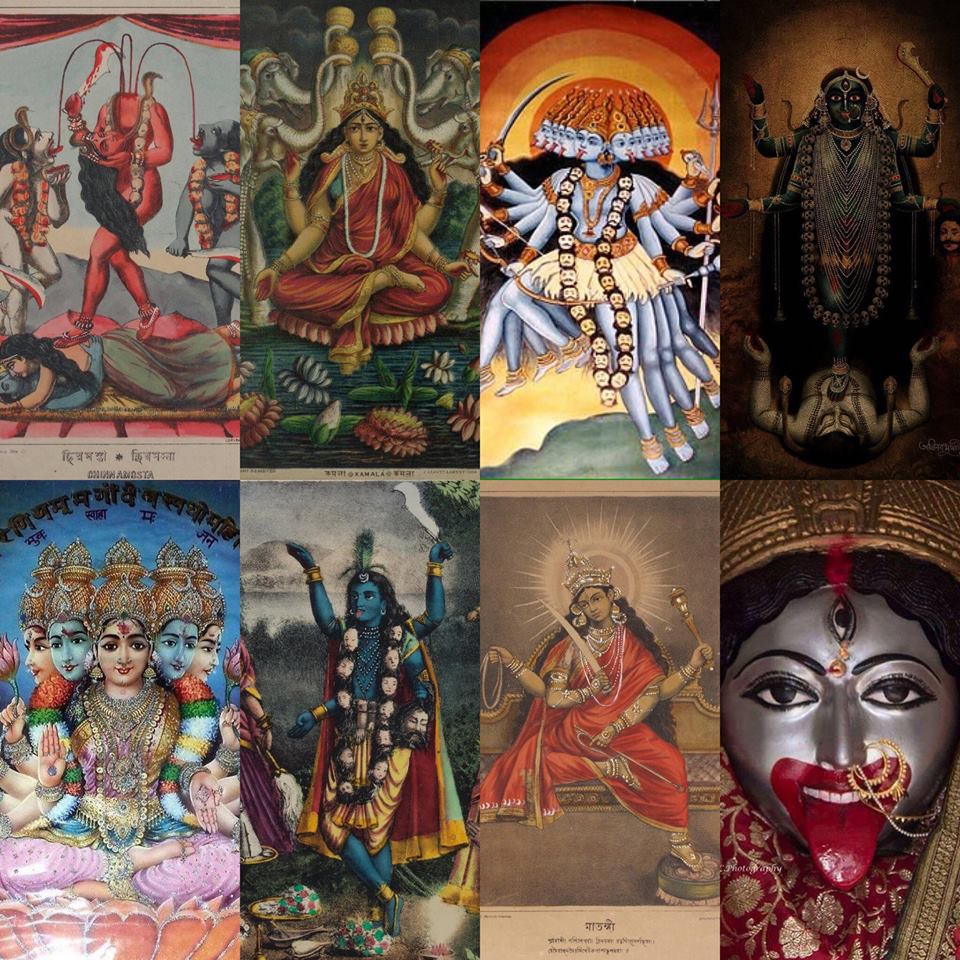
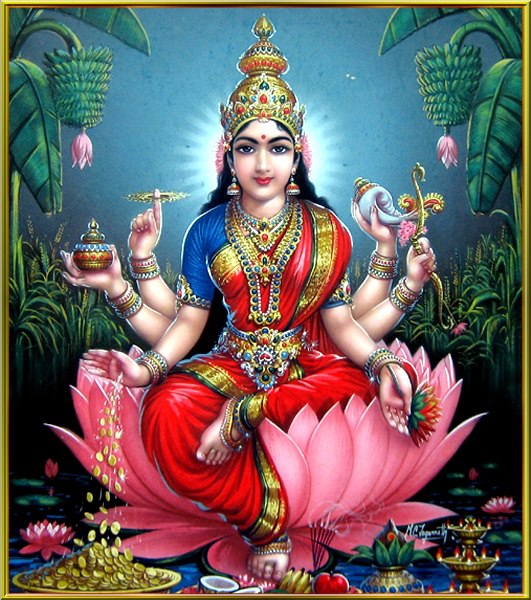



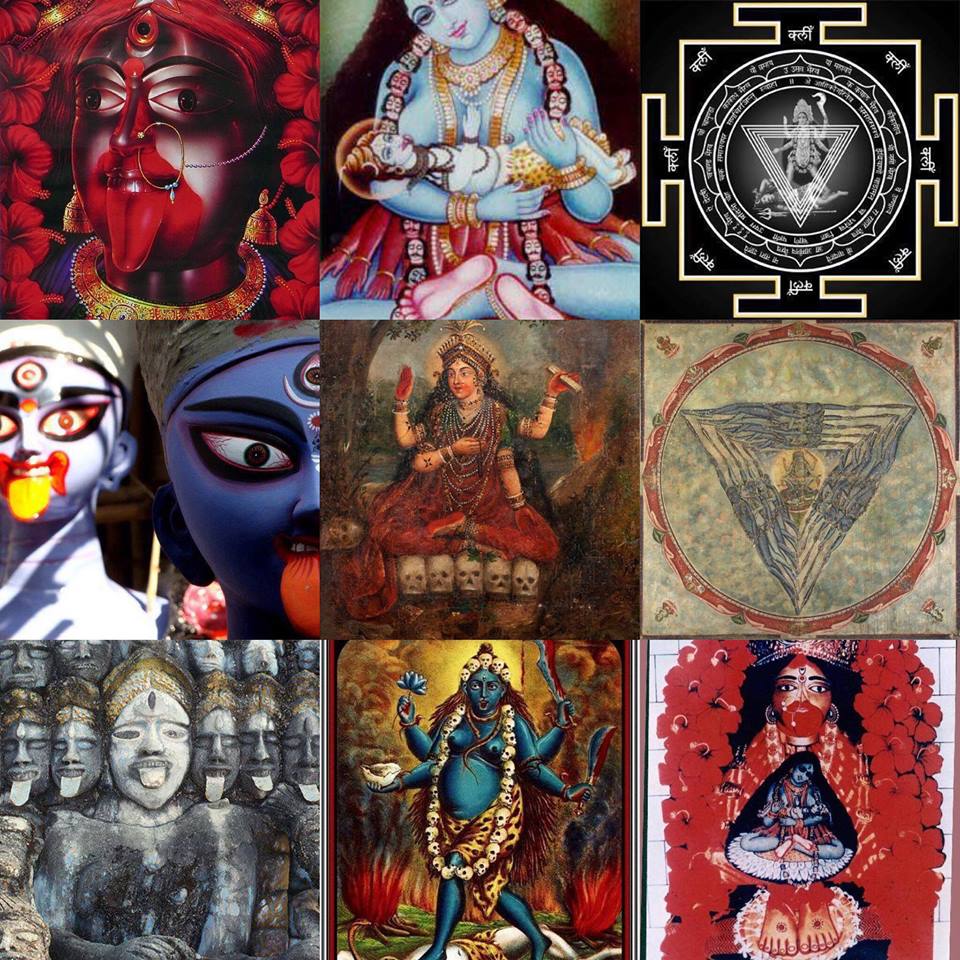


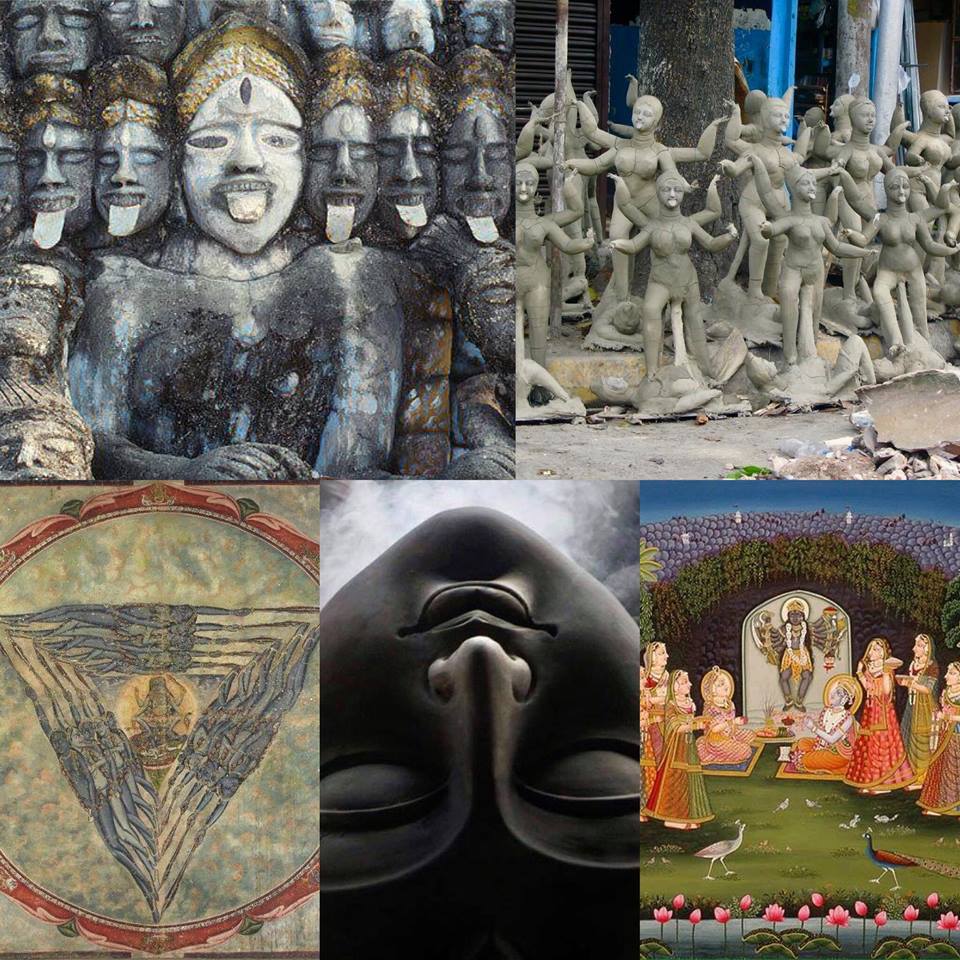







 RSS Feed
RSS Feed























